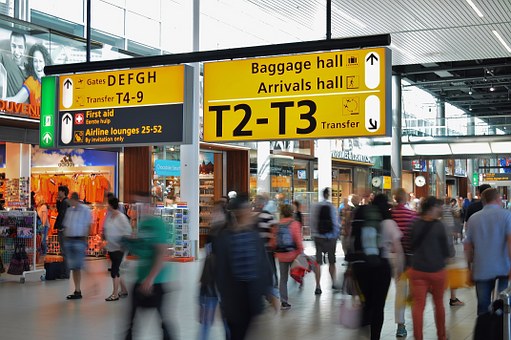The European Commission has adopted its proposal to double the budget for the Erasmus program in the period 2021-2027 to €30 billion in a bid to provide mobility opportunities for 12 million people.
News and business analysis for Professionals in International Education
Have some pie!
EU Commission plans to double Erasmus budget
 The next program will provide mobility opportunities for 12,000 students. Photo: Skitterphoto/Pexels
The next program will provide mobility opportunities for 12,000 students. Photo: Skitterphoto/Pexels The proposal intends to allocate €25.9bn for education and training, €3.1bn for youth and €550 million for sport, according to a statement.
“Every euro that we invest in Erasmus is an investment in our future”
“It is the very essence of a borderless Europe,” said Jyrki Katainen, vice-president of the Commission for Jobs, Growth, Investment and Competitiveness.
“Every euro that we invest in Erasmus is an investment in our future… as a former Erasmus student, I speak from my own experience.”
Beyond supporting learning and mobility for up to 12 million people – three times as many as in the current financing period – the EC proposal highlights the importance of reaching out to people from all social backgrounds.
It is also looking to boost mobility and cooperation with third countries and focus on “forward-looking study fields,” such as renewable energy, climate change, environmental engineering, AI or design.
We want to double the size of Erasmus Plus and launch a new Creative Europe and a new Justice, Rights and Value programme
Today, we will present our #EUBudget proposals on #SocialRights, #ErasmusPlus and #EuropeforCulture. Outline explained ↓ pic.twitter.com/IthbHhNLbF— European Commission 🇪🇺 (@EU_Commission) May 30, 2018
The European University Association welcomed the proposal as “a solid basis for discussion on the program’s future, including a much-needed budget increase”, the organisation said in a statement.
But it called on the EU Commission and Parliament to consider a series of points during the negotiations on the future of the Erasmus program, including concrete action and funding for equity and inclusion.
“Given the EU’s ambition for a more social Europe, EUA believes that the proposal requires a more explicit stance on social inclusion and equity,” EUA continued.
The European Students Union echoed the EUA in their focus on inclusion and equity.
“The typical mobile student is most likely to be white, from a rich background and having the faith of the majority,” Caroline Sundberg, ESU vice president, told The PIE News.
“We need to see an increase in accessibility, quality and funding of the ERASMUS+ successor program to provide more opportunities for students from disadvantaged backgrounds and/or with disabilities to participate in mobility programs.”
Still looking? Find by category:


